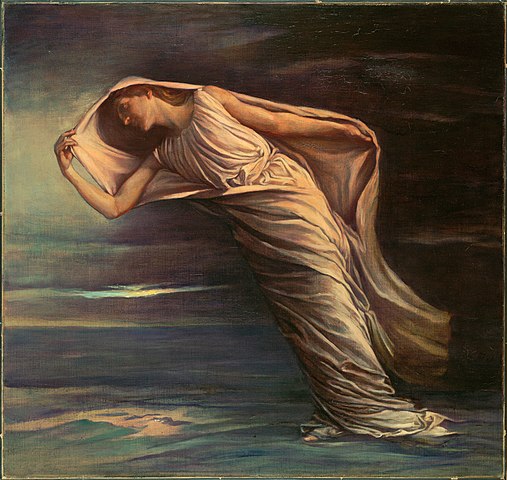
John La Farge (1835-1910) was an American artist and innovator, renowned for his contributions to the fields of stained glass design, painting, and writing. Born on March 31, 1835, in New York City, La Farge emerged as a pivotal figure in the American arts scene of the late 19th and early 20th centuries. His work, which encompasses a wide range of mediums and styles, reflects a deep exploration of color, light, and narrative, marking him as a versatile and influential artist of his time.
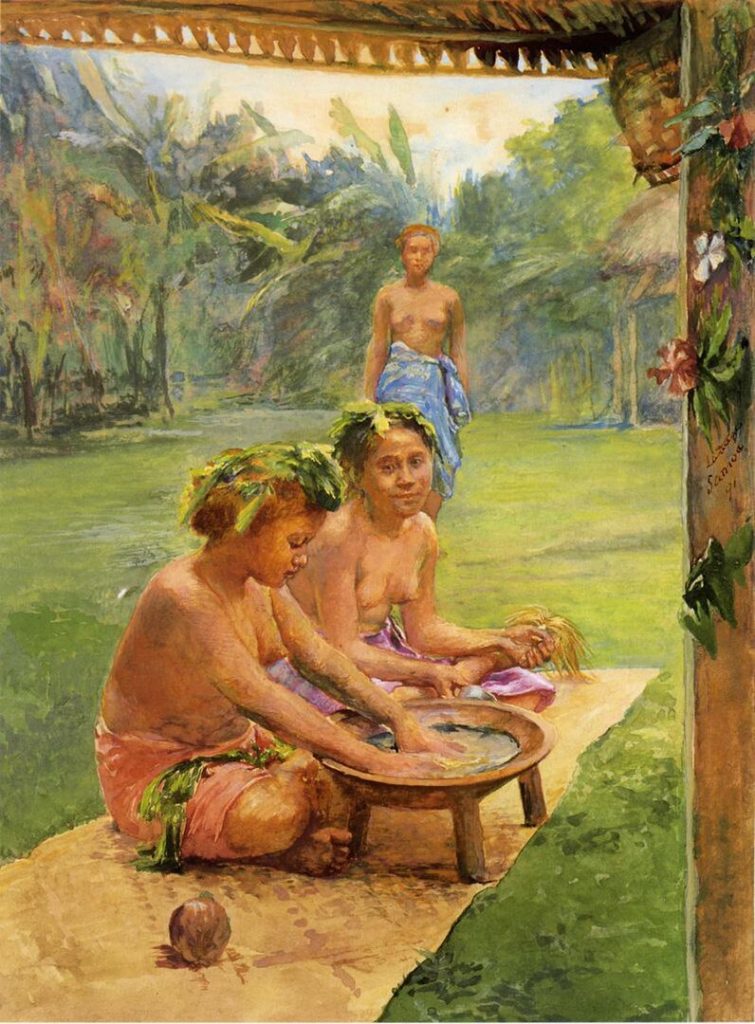
La Farge’s early education was eclectic, reflecting the breadth of interests that would inform his later work. He initially studied law at Fordham University but soon shifted his focus to art, recognizing his true passion. La Farge’s artistic training included study under the renowned American painter Thomas Couture in Paris and extensive travels in Europe and the Near East, where he was exposed to a variety of artistic styles and techniques. These experiences enriched La Farge’s aesthetic palette and informed his unique approach to art-making.
Back in America
Upon returning to the United States, La Farge began to establish himself as a painter, known for his landscapes, portraits, and narrative scenes. His paintings from this period demonstrate a keen sensitivity to color and atmosphere, often exploring themes of mythology, history, and religion. However, it is perhaps his work in stained glass that La Farge is most celebrated for. In the 1870s, La Farge developed and patented innovative techniques for using opalescent glass in stained glass windows, revolutionizing the medium. His windows, characterized by their rich colors and complex layering of glass, brought a new depth and luminosity to the art form and earned him critical acclaim.
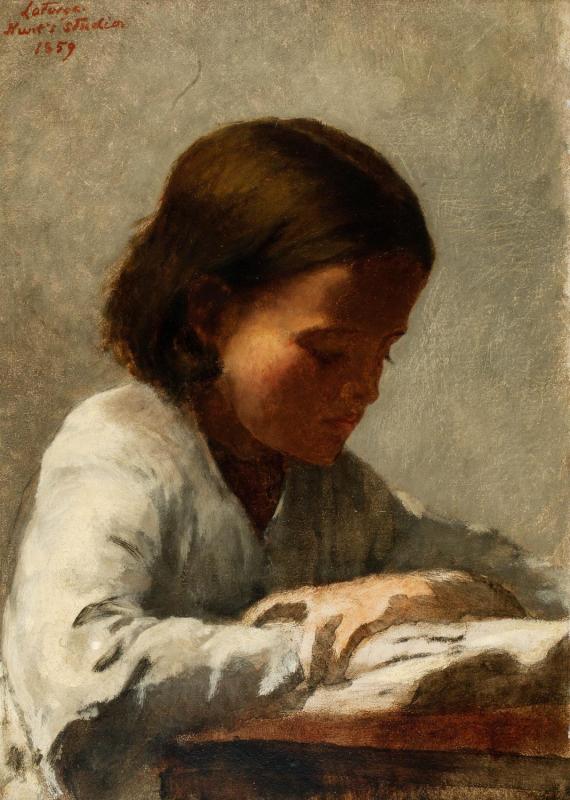
La Farge’s stained glass can be found in numerous churches, institutions, and private collections across the United States. Notable works include the windows for Trinity Church in Boston and the John Harvard Memorial Window at Harvard University. These commissions showcase La Farge’s mastery of the medium and his ability to convey spiritual and narrative depth through the interplay of light and color.
In addition to his achievements in painting and stained glass, La Farge was an accomplished muralist, illustrator, and writer. He executed murals for public buildings and private residences, contributing to the beautification of American architectural spaces. His illustrations appeared in leading magazines of the day, and his writings on art and travel were published in several books and articles, further establishing his reputation as a thoughtful and insightful commentator on art and culture.
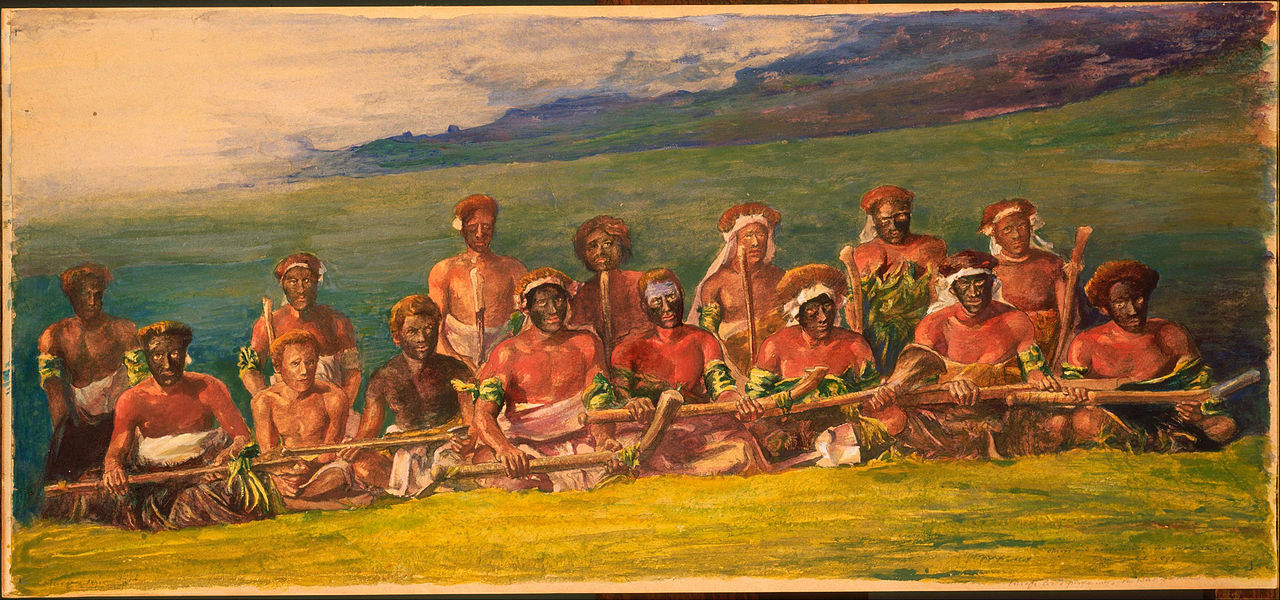
La Farge’s influence extended beyond his own work through his teaching and mentorship of younger artists. He was a member of the National Academy of Design and the American Watercolor Society, among other organizations, and his ideas and techniques influenced the development of American art in the late 19th and early 20th centuries.
Lasting impact
John La Farge passed away on November 14, 1910, leaving behind a legacy of innovation and beauty. His contributions to American art, particularly in the realm of stained glass, have had a lasting impact, transforming the way light and color are used in decorative arts. La Farge’s work continues to be celebrated for its aesthetic excellence and its profound exploration of human and natural themes, securing his place as one of the most influential American artists of his time.
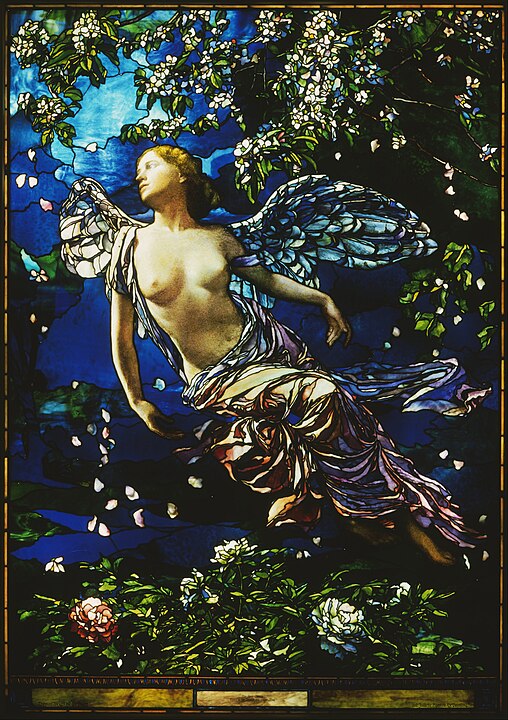
In summary, John La Farge’s biography is a testament to the power of innovation and the pursuit of beauty across a variety of artistic mediums. From his exquisite stained glass windows to his atmospheric paintings and murals, La Farge’s work reflects a constant exploration of light, color, and narrative. His contributions to American art and his influence on subsequent generations of artists underscore his status as a seminal figure in the history of American art and design.






